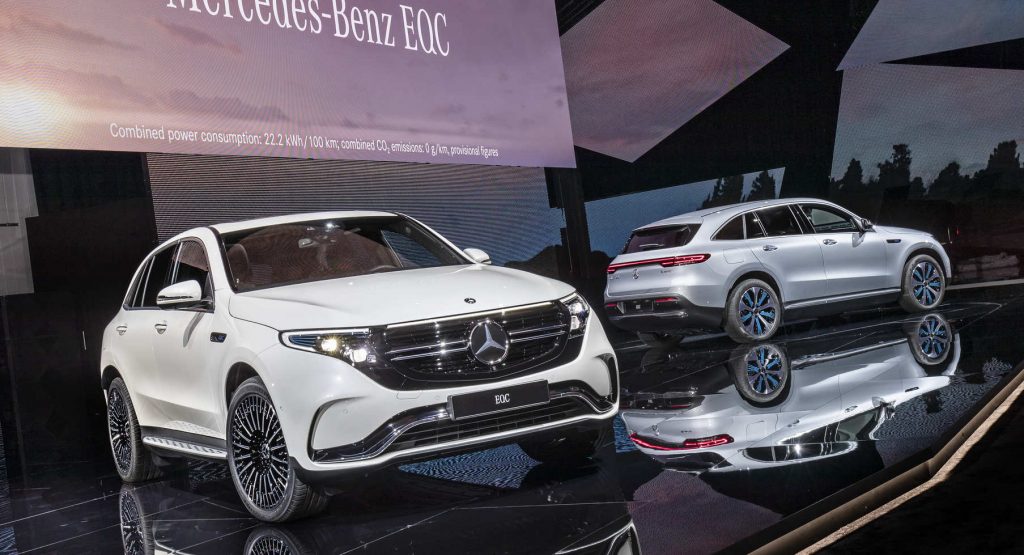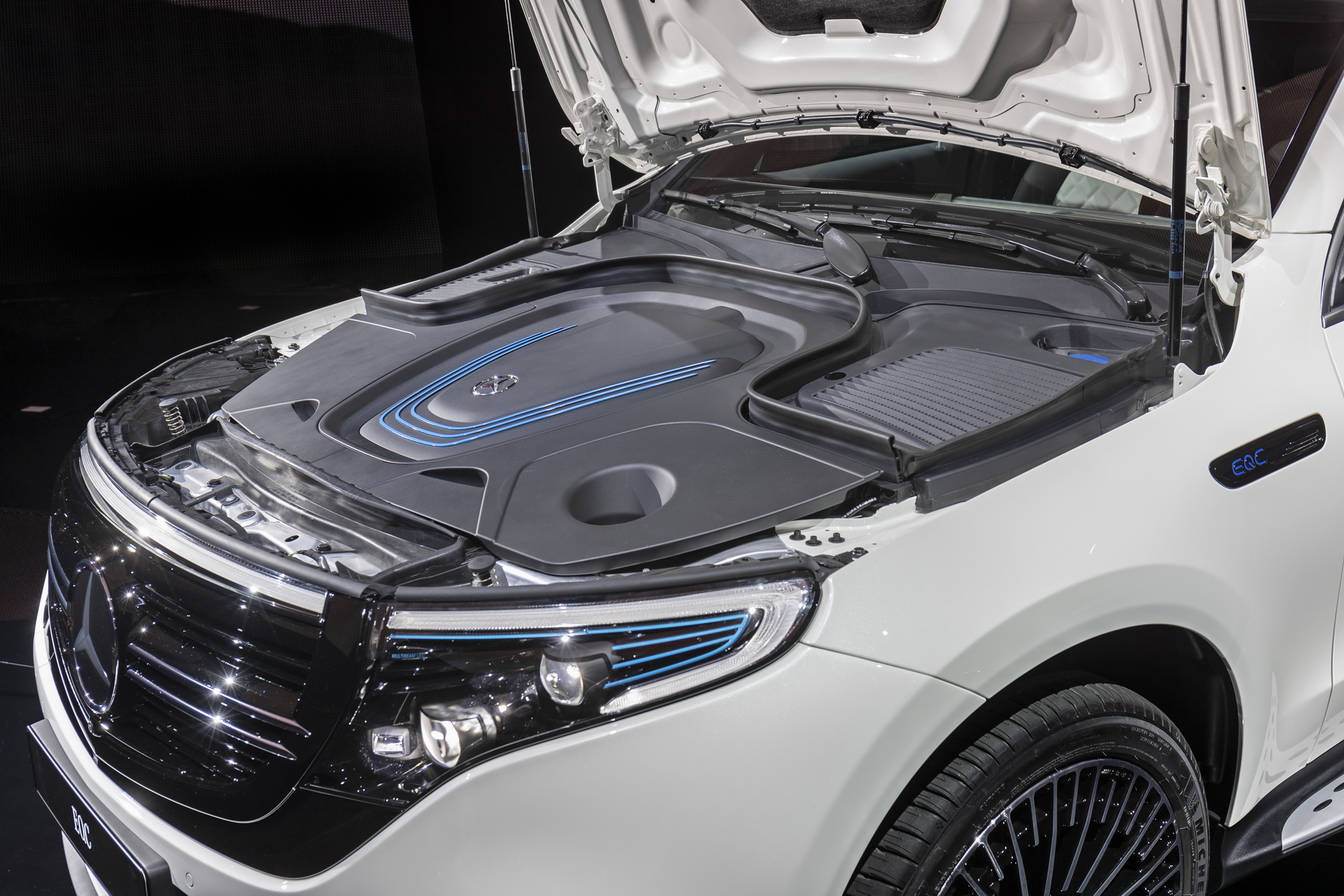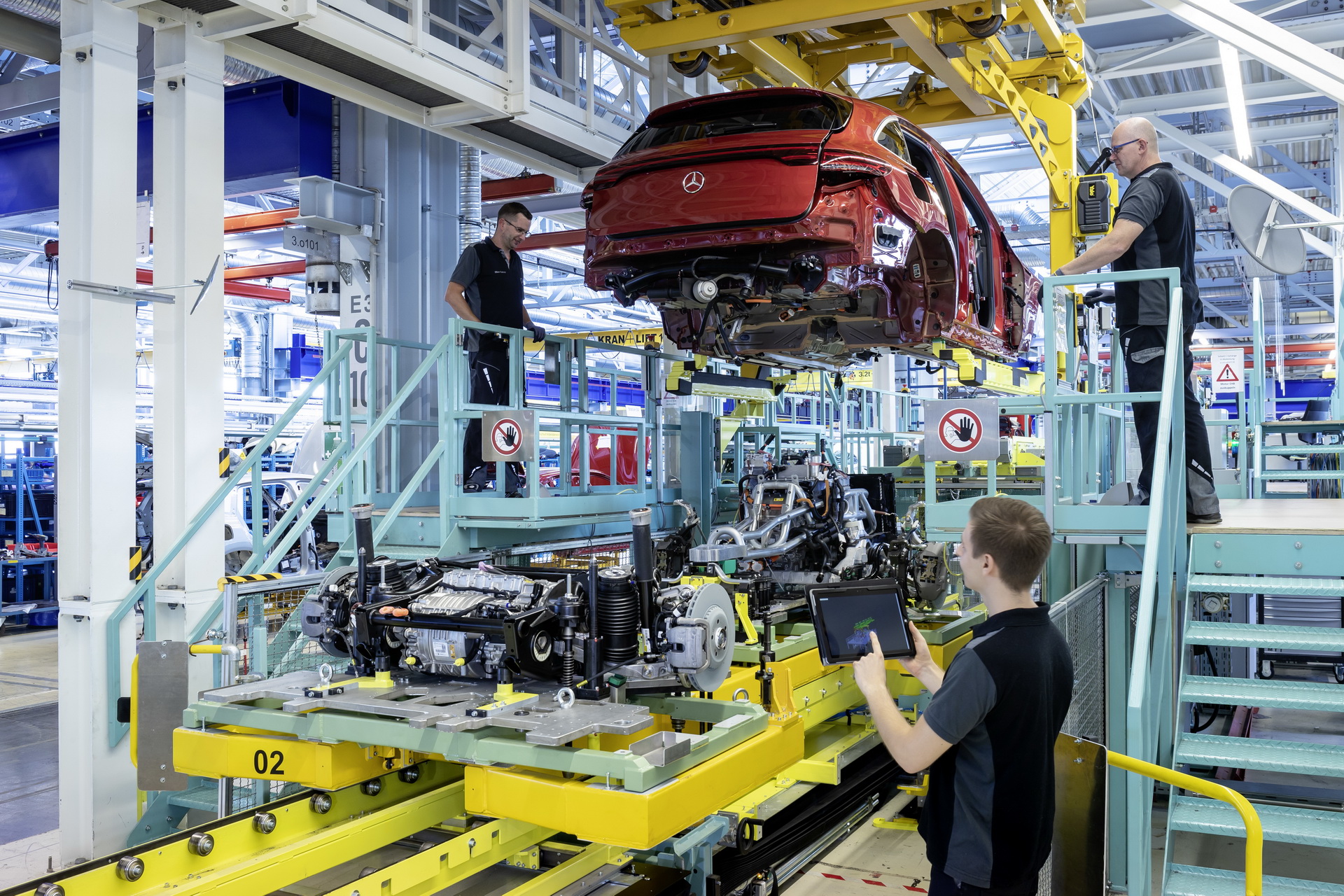Right now, every major automaker is sinking huge amounts of money into developing and producing battery-electric cars, having already announced their plans to form an extensive range of EVs.
Yet, it’s quite possible that they have badly misjudged market demand and could end up with huge inventories sitting into dealerships’ backyards.
Deloitte’s analysts project that, by 2030, there will be a huge oversupply of electrified vehicles as manufacturers’ production numbers will greatly surpass demand! If that scenario materializes, then it will inevitably into a huge upheaval in the automotive industry, the effects of which, although difficult to pinpoint at this point, are going to be dire for many manufacturers.
Michael Woodward, UK automotive partner at Deloitte, said:
“Whilst there is a distinct trend developing in the EV market, the story is not a clear cut one. As manufacturers increase their capacity, our projections suggest that supply will vastly outweigh consumer demand by approximately 14 million units over the next decade. This gearing up of EV production is driving a wide ‘expectation gap’ and manufacturers, both incumbent and new entrants alike, will need to adapt towards this new competitive landscape.”
EVs could eventually become even cheaper than gas models
The consulting firm states that EV prices will become comparable, or even lower than, gasoline- and diesel-powered models by 2024. They also expect 21 million all-electric vehicles to be manufactured over the next decade and assert that the market share for electric vehicles will, indeed, increase, but not as much as automakers expect it to, leading to an oversupply.
Last year, a record 2 million electric vehicles were sold worldwide, which is twice the number achieved in 2017 and points to an increased popularity of BEVs (battery electric vehicles). Yet, only one in 250 cars on the road is an EV – and Norway, where the Leaf has climbed to the top of the sales charts and EVs account for a healthy 30 percent, is a unique case. In contrast, electric and plug-in hybrids represented less than 2 percent of total US sales, and just 2.2 percent on a global scale.
Automakers pushing electric cars
VW, in the aftermath of dieselgate, tied up its future with electrified vehicles, committing to a $50 billion investment and the building of the I.D. sub-brand as well as an EV-exclusive new modular platform. Mercedes-Benz, BMW and the rest have also done the same, driving forward with new EVs and bringing the fight to the likes of Tesla, who pioneered modern electric cars and caught the establishment by surprise. While founder Elon Musk may have over-promised and under-delivered more than a few times in Tesla’s relatively short history, and is only now starting to see a way out of the red, he saw the future before the rest.
Moreover, with almost 100,000 vehicles delivered in the last quarter, Tesla is gearing up to achieve its goal of half a million annual global sales, driven mainly by (finally) rolling out the Model 3 consistently. Thus, it became the best-selling premium car in the world’s second-largest market, the U.S., despite the fact that its more accessible version is not available yet.
Musk’s company, though, is a minnow compared to the VW Group or Daimler, who want to produce many times as many vehicles. And despite its success, it had to lay off 3,000 employees in order to make the promised $35k Model 3 viable.
In a couple of decades, the internal combustion engine will, in all likelihood, be just a memory. The problem is that the very same thing that caused its demise may actually result in some brands joining it as well.





